In the world of confectionery delights, milk chocolate takes a prized position, enticing chocolate enthusiasts with its creamy texture and rich taste. This article embarks on a delectable journey through the essence of milk chocolate, its intricate chemistry, and its artful creation. We will explore the key components and the sophisticated processes that culminate in the delightful treat that captivates our senses.
Moreover, we will delve into the historical roots, market trends, and consumer preferences that help shape the milk chocolate industry today. The journey is sure to enlighten both casual enjoyers and aficionado purists alike, as we uncover why milk chocolate holds an unwavering allure.
What is Milk Chocolate
Diving into the essence of milk chocolate, we encounter a rich tapestry woven from cocoa solids, sugar, milk, and emulsifiers like lecithin. Each component plays a pivotal role in creating its distinctive flavor profile and smooth texture. Milk chocolate must contain at least 25% cocoa solids and includes ingredients such as milk powder and cocoa butter, which lend it a creamy, sweet nature unmatched by its darker counterparts .
The relationship between these ingredients forms the backbone of milk chocolate. The cocoa solids provide deep flavors and the classic chocolaty essence, while the cocoa butter contributes to the sumptuous mouthfeel and the lustrous appearance. Sugar acts as a sweet balancer to cocoa's natural bitterness, and milk's presence bestows an additional layer of sweetness and creaminess .
The Historical of Milk Chocolate
Milk chocolate's tale begins in the 1800s when pioneering minds in confectionery sought to blend the bitter allure of cacao with the comforting creaminess of milk. This innovation opened the doors to a new variety of chocolate that swiftly took the global market by storm. The heart of cocoa production is rooted firmly in West Africa, which produces about 70% of the world's cocoa beans .
The Craft of Making Milk Chocolate
Creating milk chocolate is akin to composing a symphony; it requires precision, patience, and passion. The process begins by roasting cacao beans to release their rich flavors, followed by grinding them into chocolate liquor. This liquor is then expertly blended with milk powder, sugar, cocoa butter, and other ingredients to form a solid base .
Conching: The Heart of Milk Chocolate
Conching is a critical process in chocolate making—the art of meticulously grinding the mixture of ingredients to achieve a refined, smooth texture. This step is where milk chocolate attains its signature mouthfeel and flavor complexity, as it works to meld all the components into a harmonious blend. The process, often lasting several hours, helps deconstruct the chocolate's bitterness and create a fully developed sweet profile .
Nutritional Insights
While milk chocolate is favored for its taste, it is also scrutinized for its nutritional profile. Compared to dark chocolate, milk chocolate typically has a higher sugar content, which can raise concerns over health impacts. However, it also provides essential nutrients like calcium, which stems from its milk content, contributing positively to dietary needs when consumed in moderation.
Milk Chocolate's Place in Today’s Market
Despite the vigorous promotion of dark chocolate for its health benefits, milk chocolate remains a staple in the candy aisle. It is cherished for its lighter, more approachable taste, making it a versatile ingredient in confectionery and dessert creations. Market trends indicate a sustained appetite for this sweet delight, as innovations continue to emerge, such as the use of different types of milk (e.g., plant-based or non-dairy options) .
The Health Debate: Milk vs. Dark Chocolate
The discourse around the health benefits of dark versus milk chocolate is ongoing. While dark chocolate is recognized for its higher concentration of flavonoids and antioxidants, milk chocolate is beginning to be appreciated for its palatability and potential calcium benefits. Researchers underscore the importance of moderation and mindful consumption as the best approach to enjoying chocolate's goodness .
Taste and Texture: Profile Differentiation
When evaluating taste and texture, milk chocolate distinguishes itself through a creamy, luscious personality marked by hints of caramel, milk, and vanilla. This contrast to dark chocolate's robust intensity makes milk chocolate more widely appealing, especially to younger palates and those preferring milder flavors .
The Role of Milk in Chocolate Excellence
Milk plays an indispensable role in the formulation of milk chocolate, contributing to its sweetness, texture, and nutritional value. The choice of milk can vary significantly, influencing the final product's flavor. The inclusion of milk transforms the bitter edge of cocoa into something smooth and soothing, enticing tasters with its rich, mellow profile .
Regional Variations and Innovations
The art of chocolate-making is not uniform; it varies across regions, reflecting local tastes and available ingredients. In some parts, the type of milk or additional flavorings like honey, nuts, or spices can lead to unique variations, expanding the range of milk chocolate's flavor profiles. These regional twists highlight cultural influences and ongoing innovation within the chocolate industry .
Craftsmanship Behind High-Quality Milk Chocolate
The creation of premium milk chocolate necessitates craftsmanship, defined by meticulous attention to each phase of production—from selecting superior cocoa beans to achieving the perfect temper. High-quality entrants are celebrated for their balance of flavor, without the overwhelming sweetness often associated with mass-produced bars .
Environmental and Economic Impacts
The vast cocoa industry has substantial economic and environmental implications. Sustainable practices and fair-trade certifications are increasingly important, ensuring that the chocolate reaching consumers is produced ethically and contributes positively toward the livelihoods of cocoa farmers. Environmental stewardship, in particular, remains a forefront challenge and an opportunity for the industry .
Case Study: A Chocolate Manufacturer’s Process
Consider a case study of a notable chocolate manufacturer that uses conscientious processes to develop milk chocolate products. By leveraging sustainable sourcing and innovative production techniques, they exemplify the industry’s commitment to quality and ethical practices .
Expert Insights and Consumer Preferences
Experts in the chocolate industry, including chocolatiers and gastronomists, emphasize milk chocolate's artistry and science alike. Their insights shed light on evolving consumer preferences that are increasingly leaning toward diverse taste experiences and transparency about product origins .
Conclusion: The Sweet Blend of Tradition and Modernity
Milk chocolate holds an enduring charm, forever rooted in tradition yet evolving with modern tastes. It bridges the gap between sheer indulgence and calculated craftsmanship—each bar a testament to the ingenuity that continues to transform cocoa beans into culinary marvels. As we savor its sweet complexity, we celebrate both its historical journey and its future potential in delighting palates worldwide.

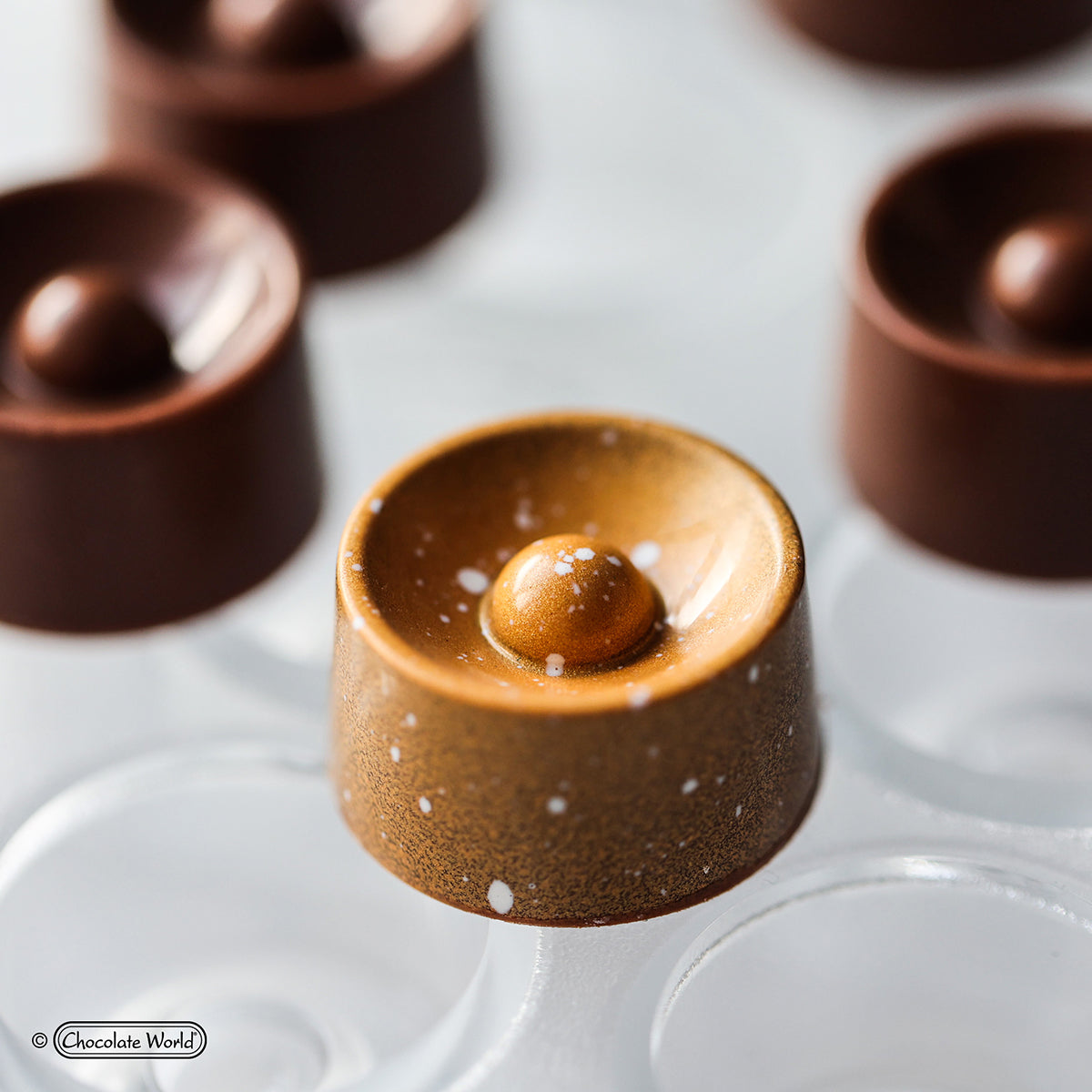
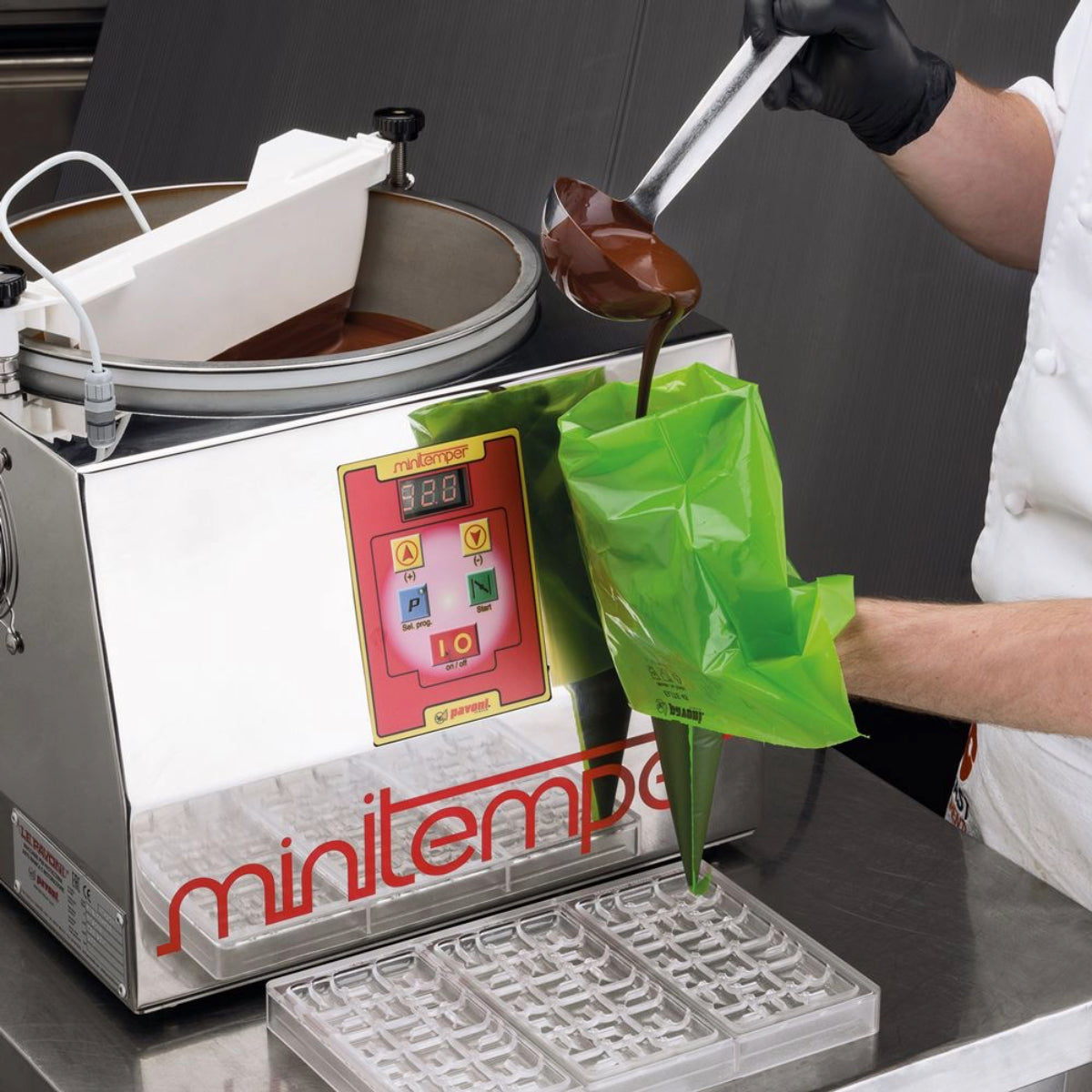
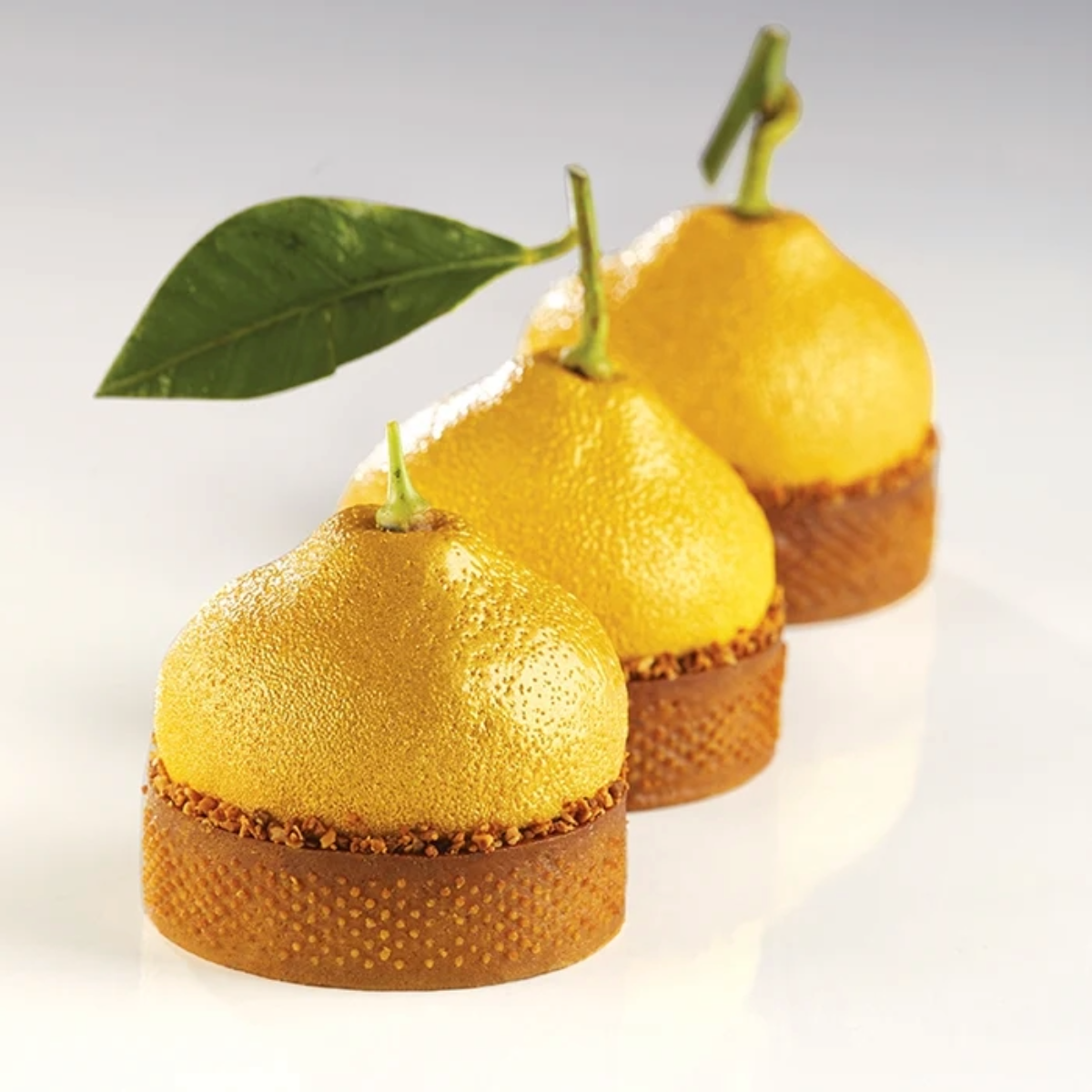
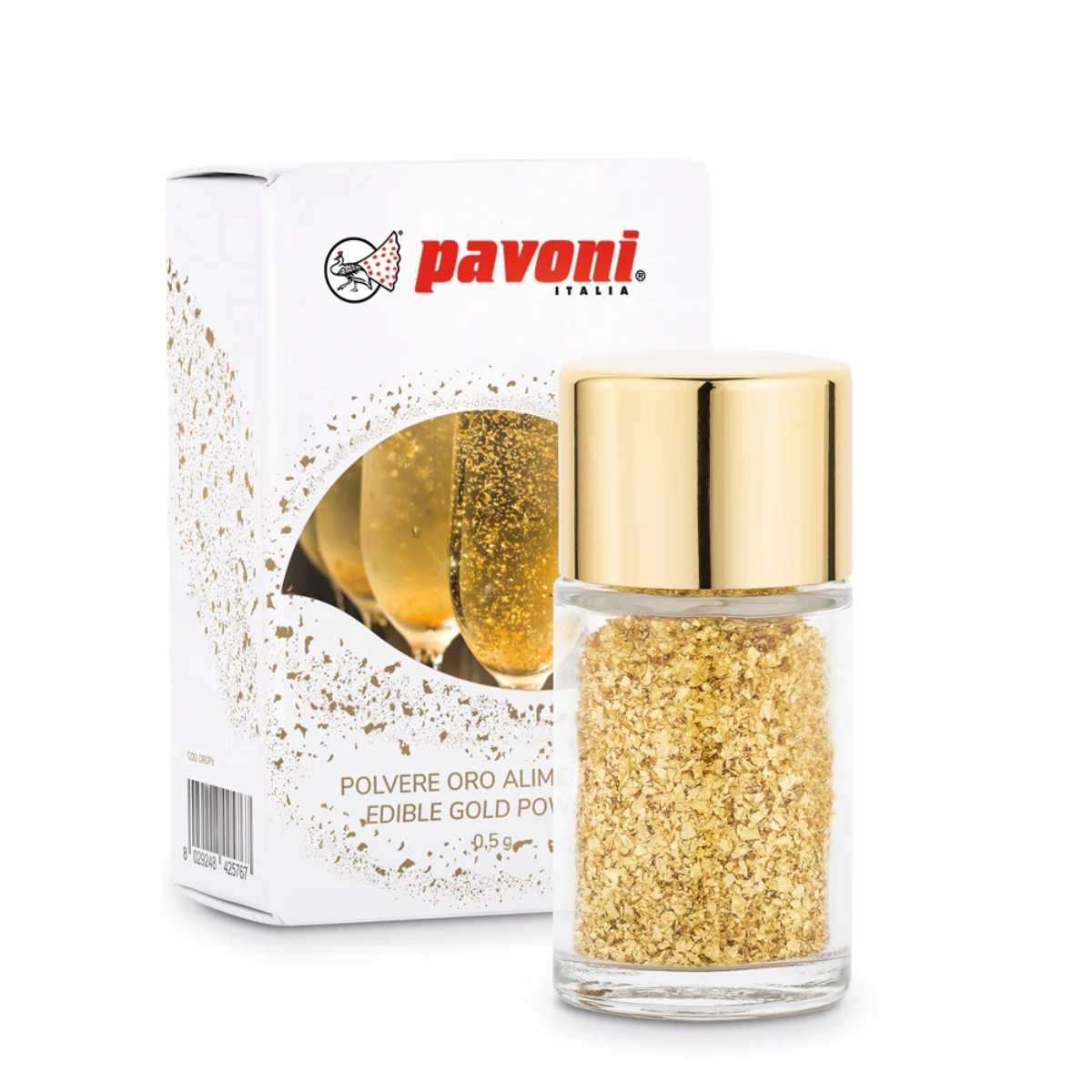





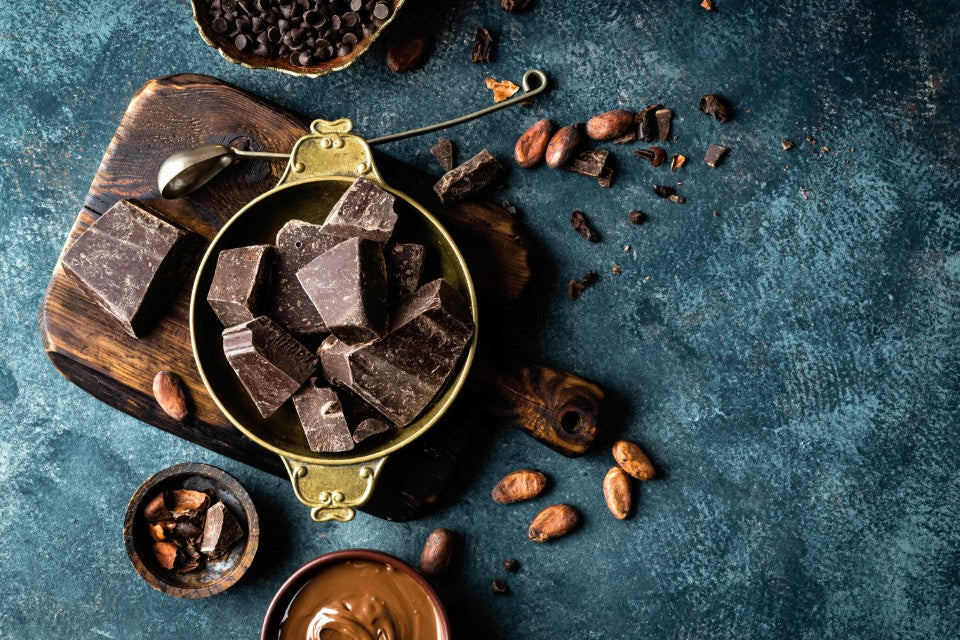




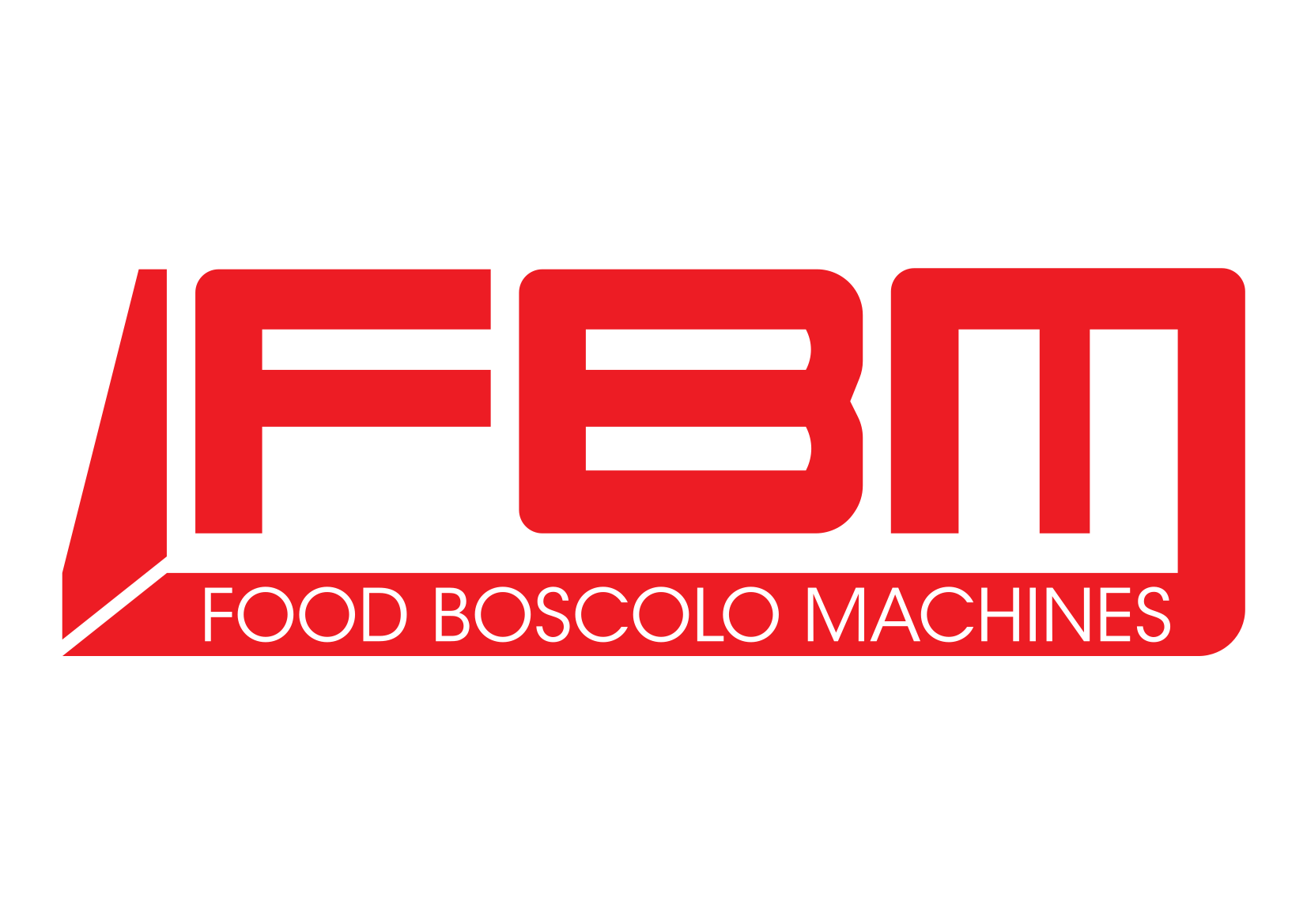

















Dejar un comentario
Este sitio está protegido por hCaptcha y se aplican la Política de privacidad de hCaptcha y los Términos del servicio.